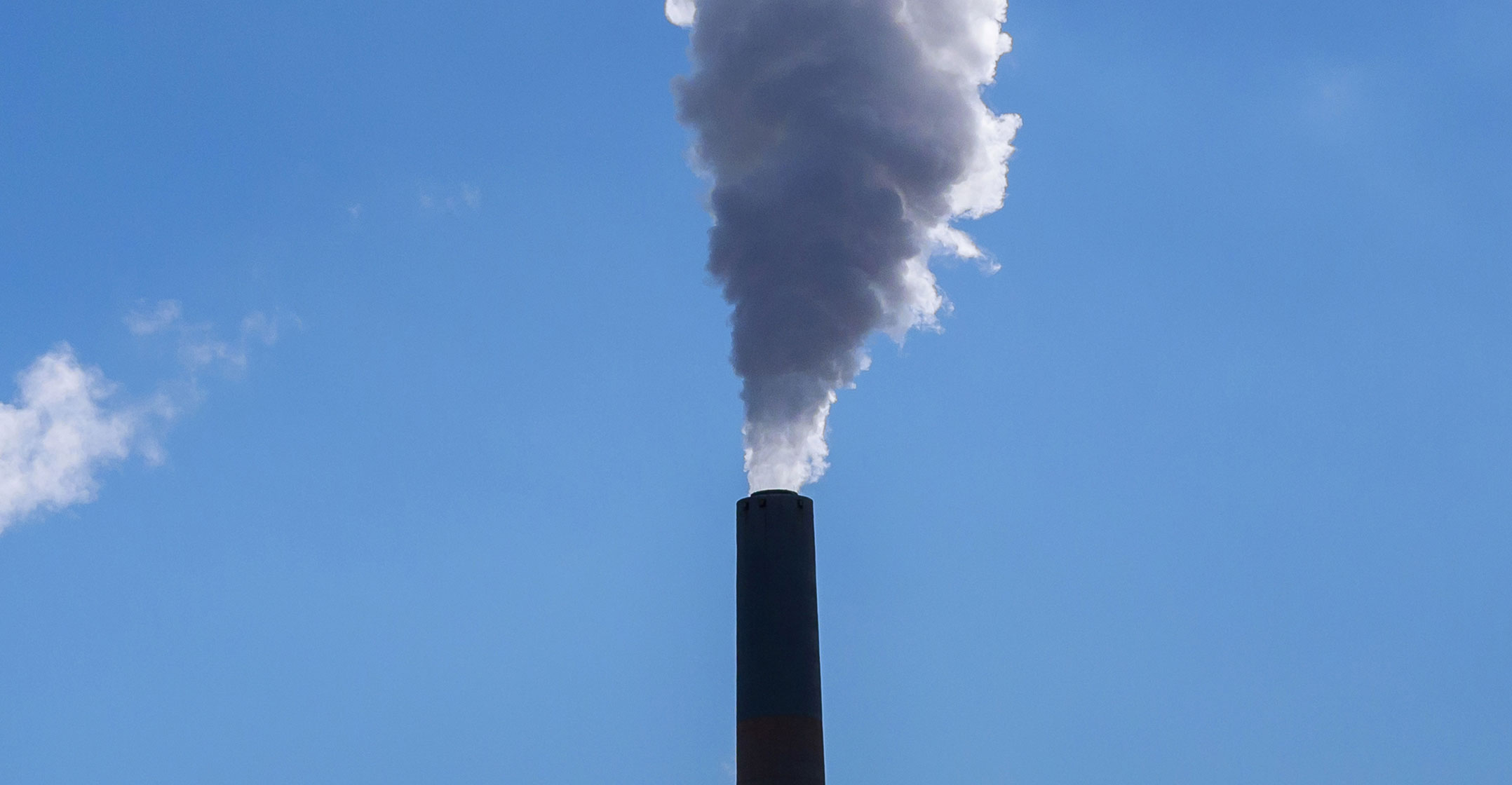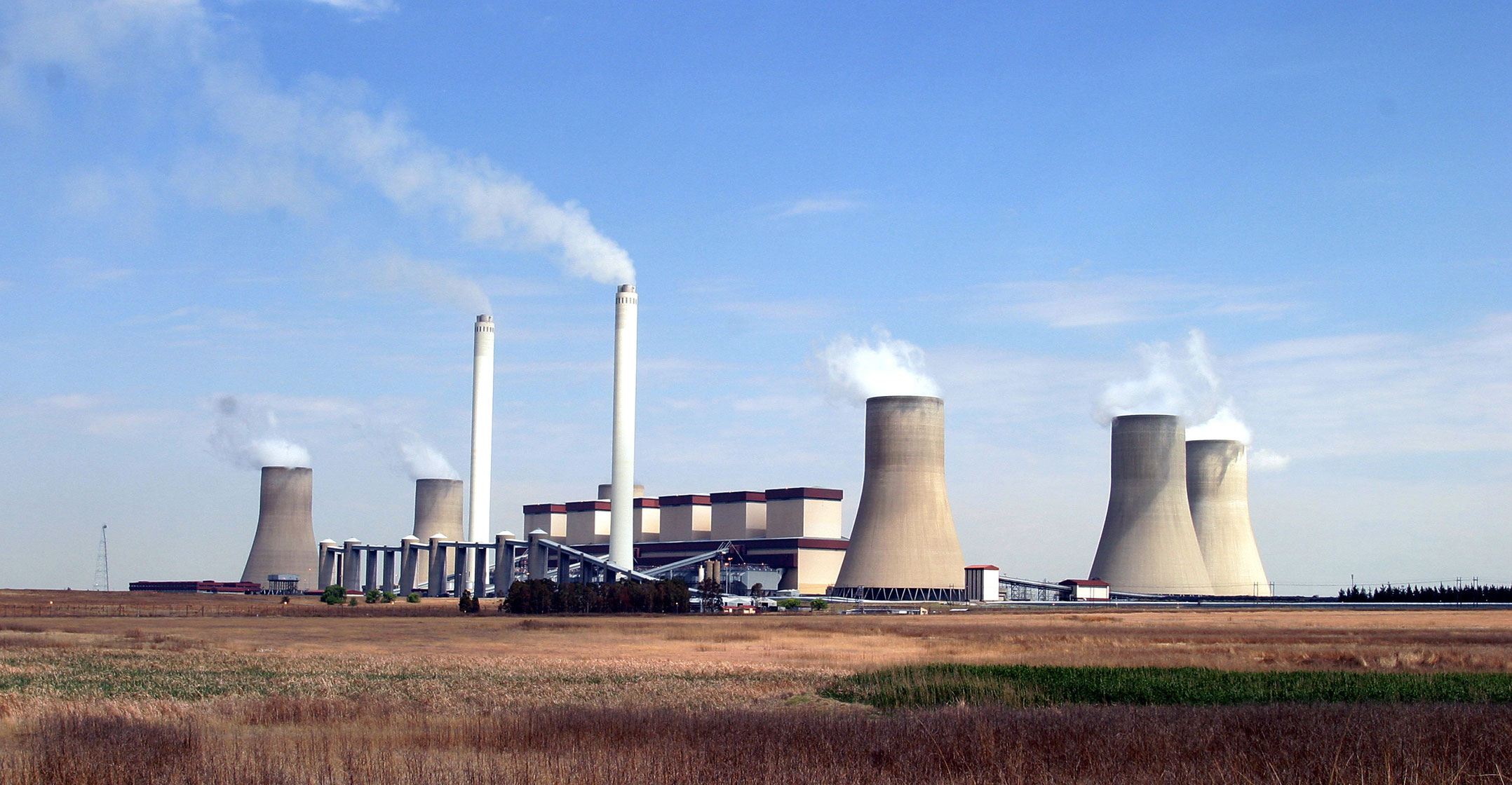 Emission control regulations that government wants to impose on Eskom’s power stations will lead to crippling load shedding and severe harm to the economy, the state-owned electricity utility said on Tuesday.
Emission control regulations that government wants to impose on Eskom’s power stations will lead to crippling load shedding and severe harm to the economy, the state-owned electricity utility said on Tuesday.
Eskom had asked the department of forestry, fisheries & the environment for a postponement of the implementation of some air quality compliance requirements.
“Eskom has reviewed the [department’s] decisions and believes they will have a very significant impact on Eskom’s ability to provide electricity,” the company said. “If implemented, the decision will result in an immediate shutting down of 16GW of installed coal-fired capacity.
“This would have a significant negative impact on the economy and employment, particularly in Mpumalanga and Lephalale, and delay the country’s plans for a ‘just energy transition’ towards a cleaner electricity supply.”
In terms of the Air Quality Act of 2004, all Eskom’s coal and liquid fuel-fired power stations must meet minimum emission standards (MES) regulations.
The regulations provide for:
- A once-off postponement with the compliance of minimum emissions for “new” plant for five years from the date of issue (no once-off postponement would be valid beyond 31 March 2025).
- A once-off suspension for plants being decommissioned by 31 March 2030.
- A national air quality officer, who may grant an alternative emission limit or emission load if certain conditions are met.
Over the past two years, Eskom has submitted applications to postpone or suspend, or impose alternative limits, for 16 of its power stations: Majuba, Kendal, Lethabo, Tutuka, Duvha, Matla, Kriel, Arnot, Hendrina, Camden, Komati, Grootvlei, Matimba, Medupi, Acacia and Port Rex.
The applications, it said, were submitted only after an extensive public participation process and contained detailed reasons for the requests. Among other things, Eskom argued that the regulations would cost more than R300-billion to implement and would not add any additional capacity to the national grid.
“If funding were available, and if it were possible to execute all the compliance projects in time to meet the requirements, it would add at least 10% to the existing electricity tariff,” it said.
Not appropriate
It said, too, that there would be “significant additional water requirements associated with installing reduction technology for sulphur dioxide, which would increase Eskom’s present water demand by some 20%”. This would not be “appropriate” in a water-stressed country like South Africa, it added.
There could also be more load shedding as there would be “significant practicality challenges to implementing the required upgrades within the legal timeframes without causing national electricity capacity issues”.
Eskom said it was already planning to invest in technology retrofits to reduce emissions. This, with the “progressive closure of older stations and the move to a cleaner energy mix” would help address the department’s concerns.
 “Particulate matter, nitrogen oxides and sulphur dioxide will reduce by 58%, 46% and 66%, respectively, by 2035. Carbon dioxide emissions will also decrease by 50% by 2035. These plans are in line with Eskom’s just energy transition strategy and government’s policy objectives in terms of greenhouse gas reduction,” it said.
“Particulate matter, nitrogen oxides and sulphur dioxide will reduce by 58%, 46% and 66%, respectively, by 2035. Carbon dioxide emissions will also decrease by 50% by 2035. These plans are in line with Eskom’s just energy transition strategy and government’s policy objectives in terms of greenhouse gas reduction,” it said.
Eskom said it was successful in seeking postponements to the regulations for its Grootvlei, Arnot, Hendrina, Camden, Komati, Acacia and Port Rex facilities. The coal-fired power stations are scheduled to be shut down by 2030, with Komati being the first to shut down its last unit in September 2022 and Hendrina before 2025. The two peaking stations, Acacia and Port Rex, would reach their 50-year life in 2026/2027, Eskom said.
Eskom’s request for postponements at Matla, Duvha, Matimba, Medupi and Lethabo were declined completely. Postponement applications for Majuba, Tutuka, Kendal, and Kriel were partially granted, it said. – © 2021 NewsCentral Media




